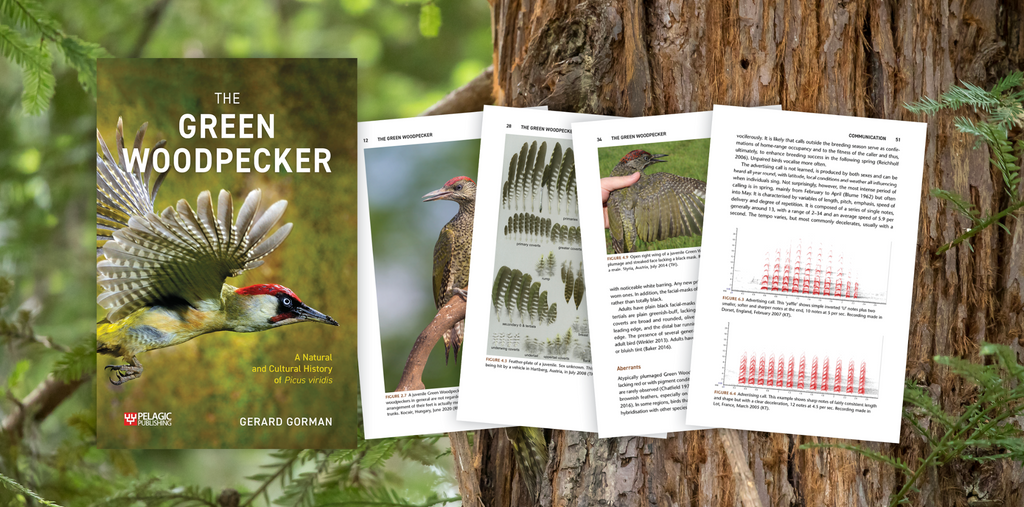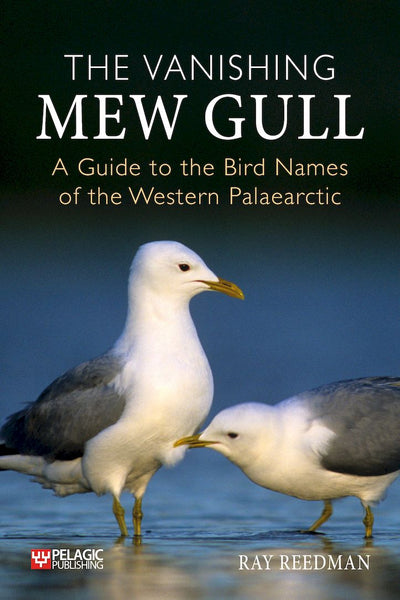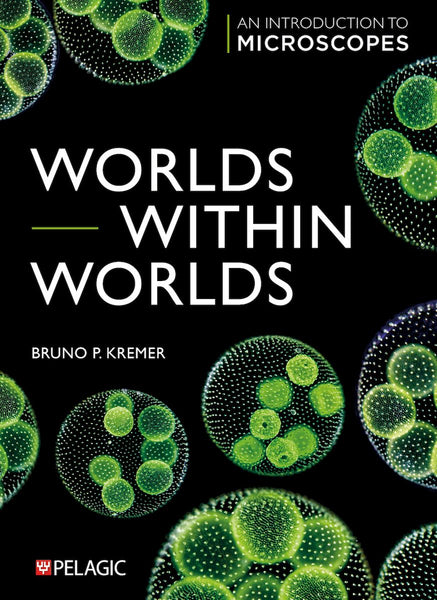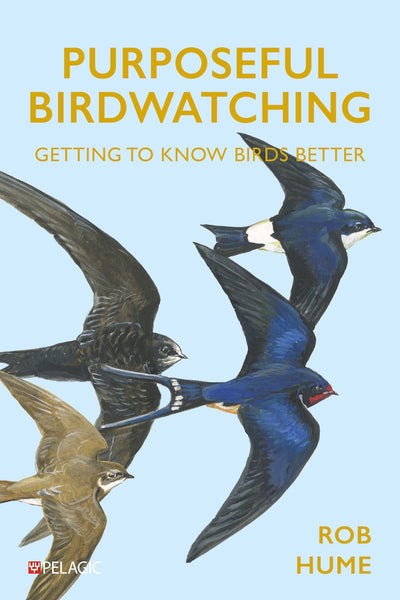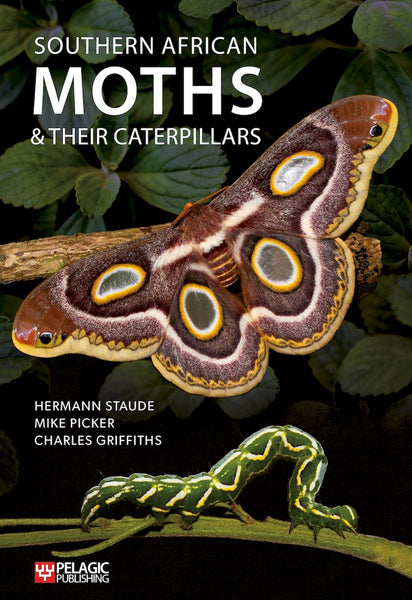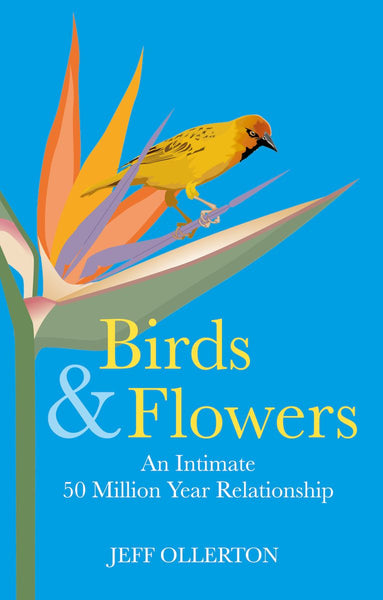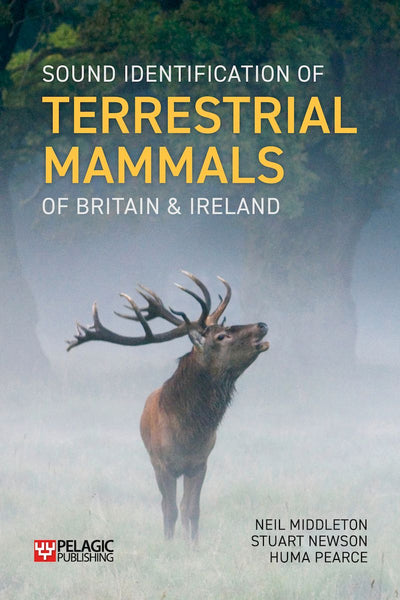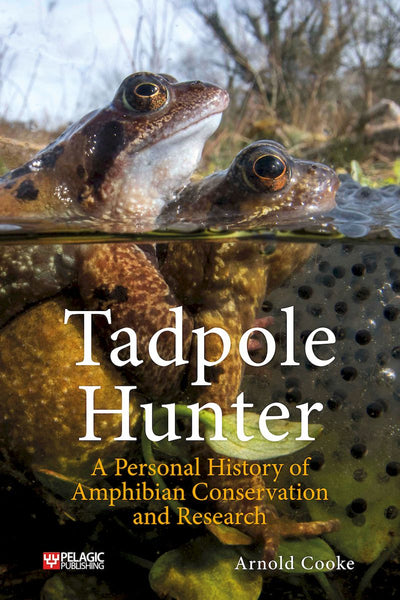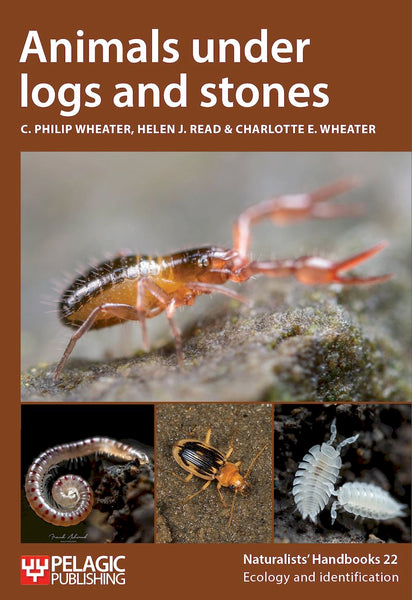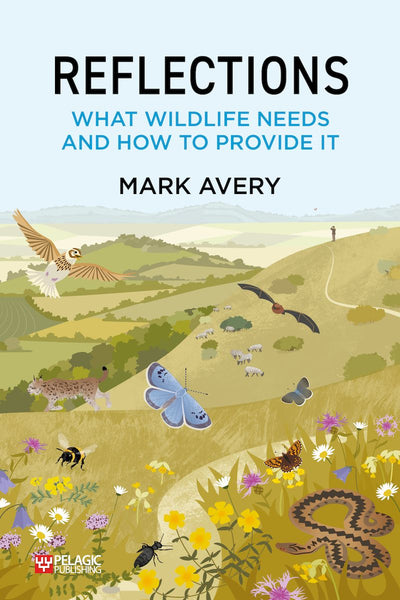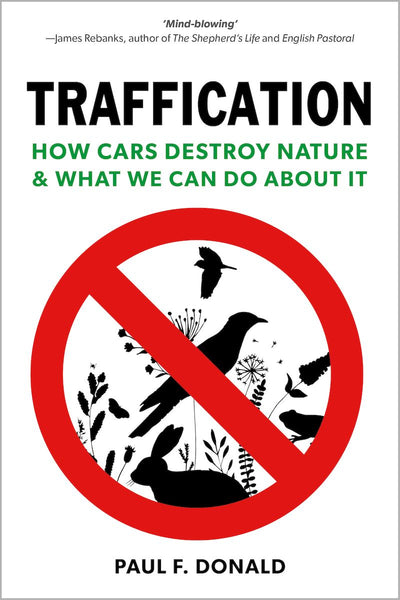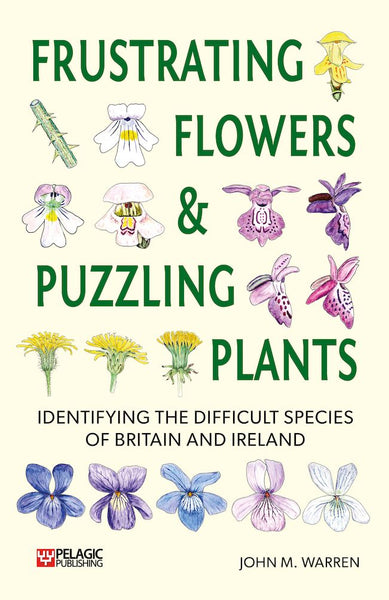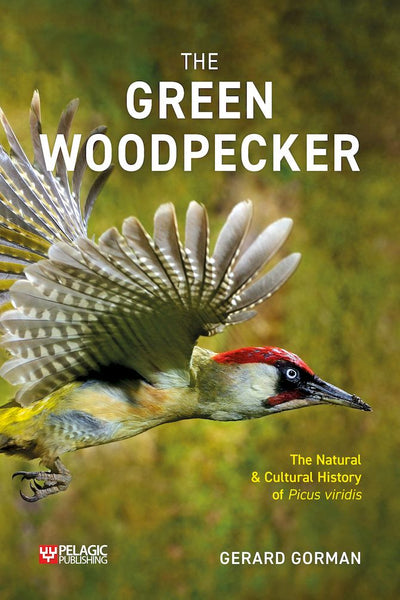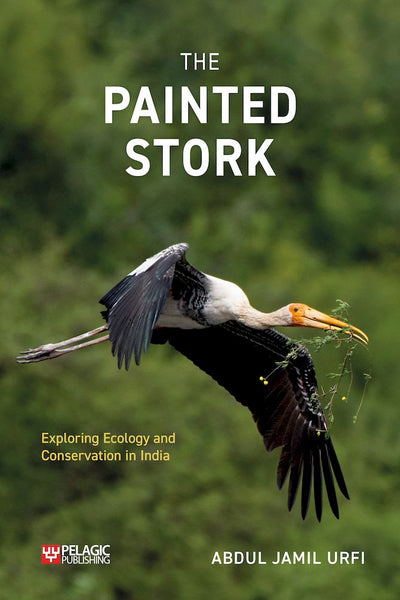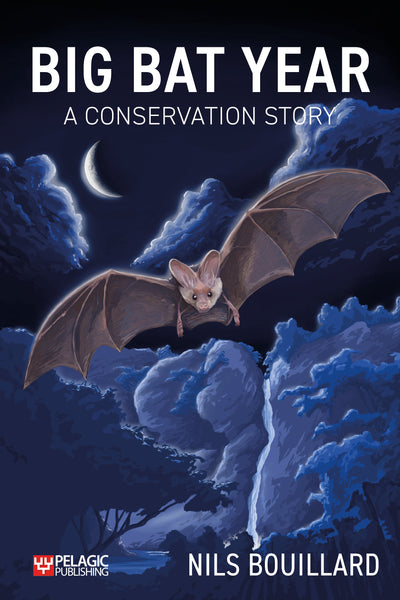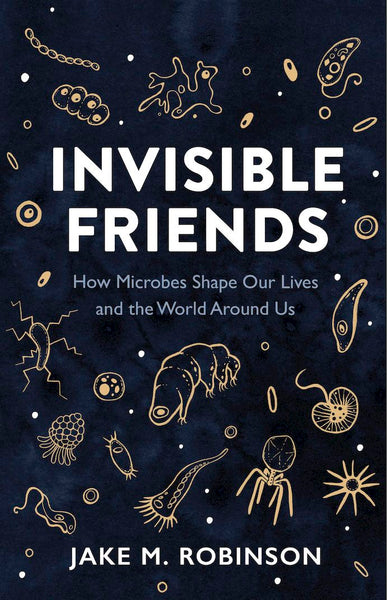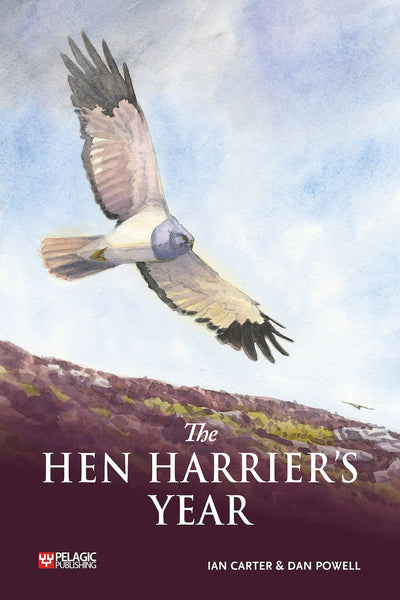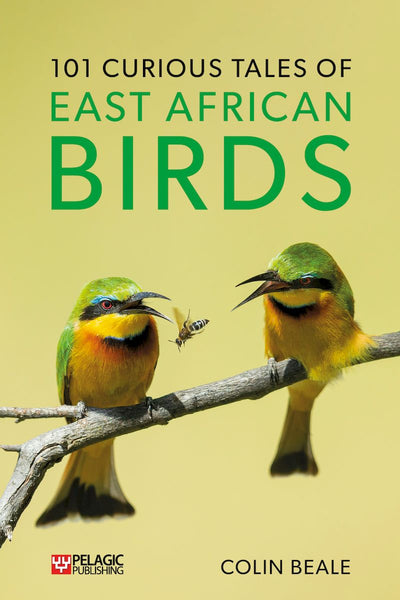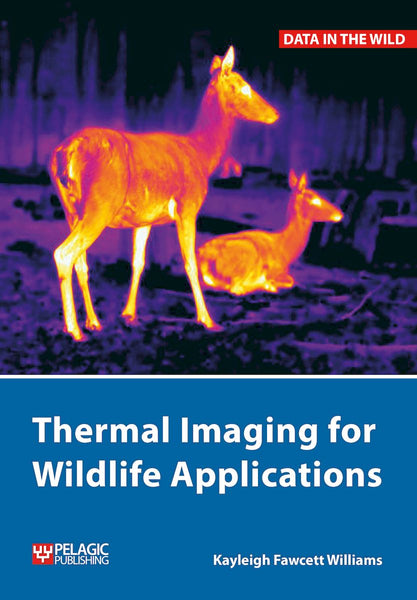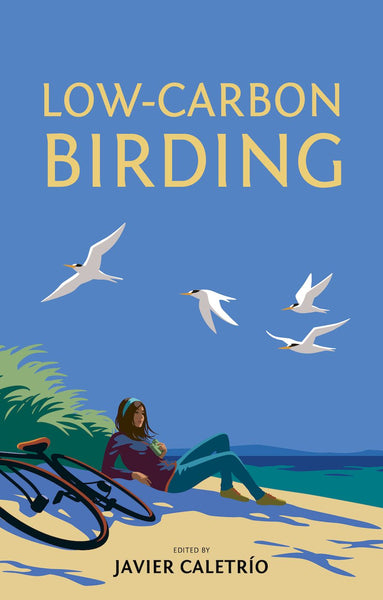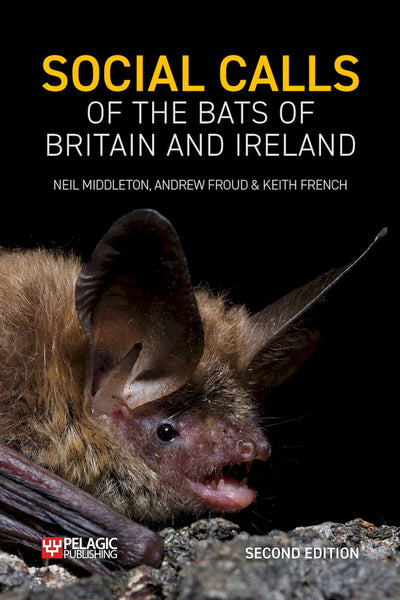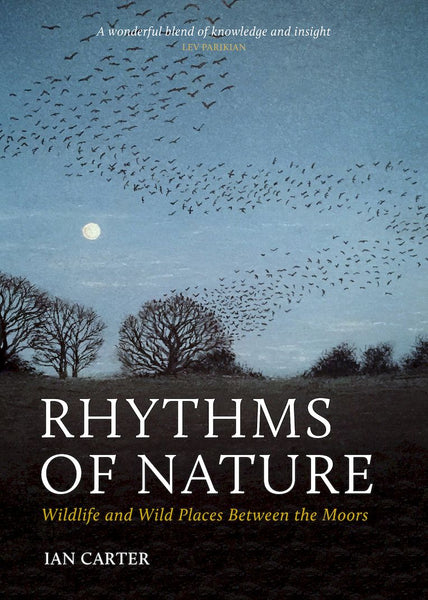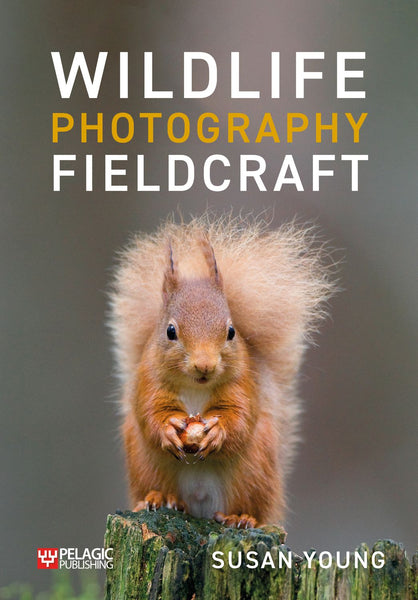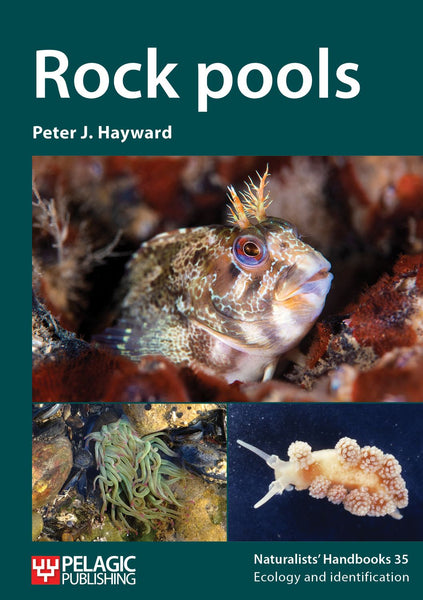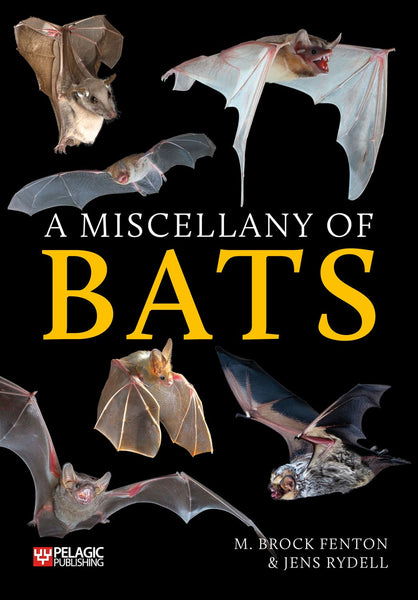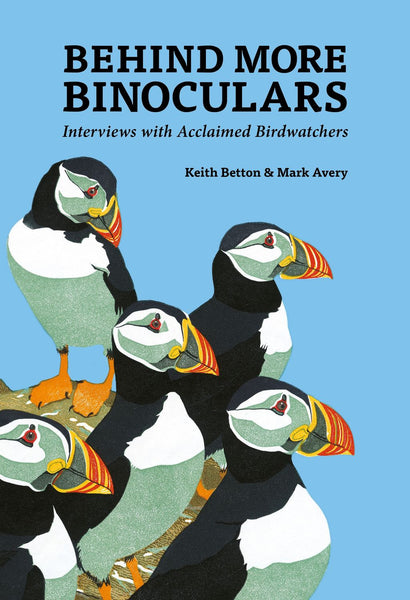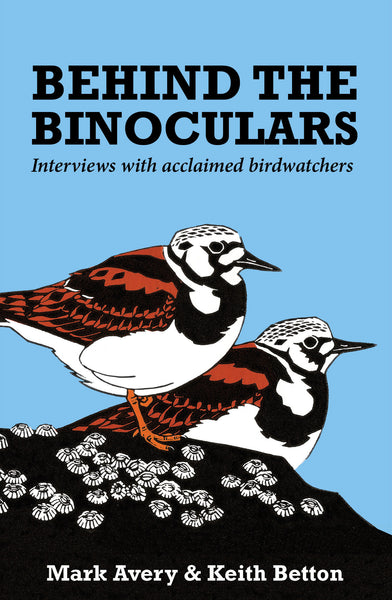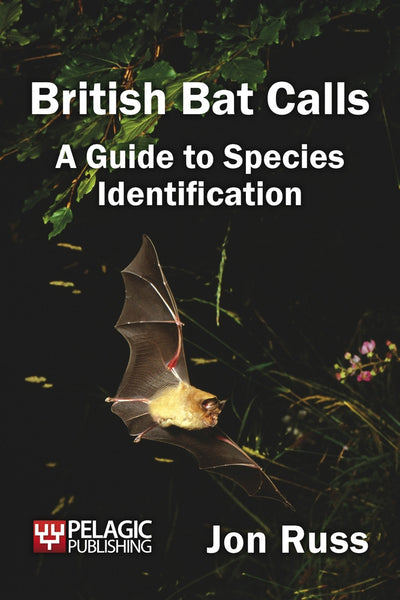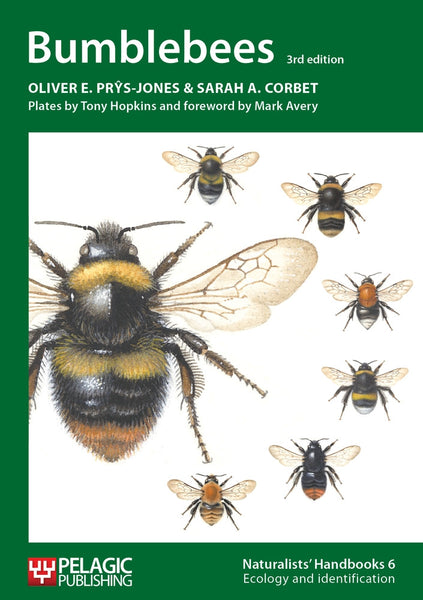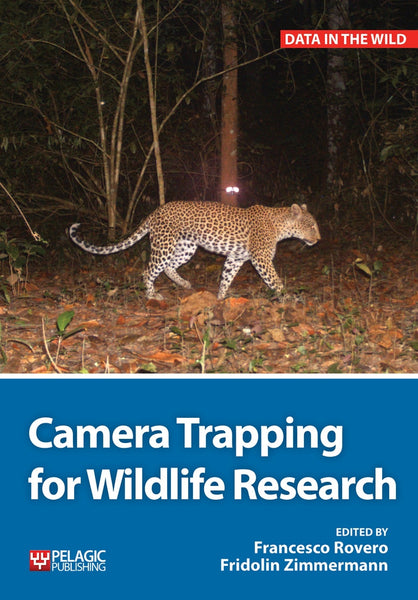Gerard Gorman discusses The Green Woodpecker and his fascination with this beautiful member of the Picidae family.
What was the impetus behind The Green Woodpecker?
It was one of the very first woodpeckers I saw, as a child, in England. Owing to that, I have always had a soft spot for Green Woodpeckers. During the Covid “lock down” I, like many people, was often stuck indoors so I decided to use that “desk time” to look through the many notes on woodpeckers that I had accumulated over the years. I found I had a wealth of things on Green Woodpeckers and so decided to put a book together. The other thing was that I was surprised that no one had ever done a book in devoted solely to this species. It was included along with Black and Grey-headed Woodpeckers in a German publication, but not in English.

An adult female Green Woodpecker subspecies karelini
What kind of fieldwork and research was involved in writing the book?
Writing it, and reading the literature, took about two years. But of course, I was not working every day. The actual fieldwork was spread over most of my life, so many decades. Often, I was not specifically focusing on Green Woodpeckers but gathering experiences and information whilst working with other woodpeckers like Grey-headed and Black and particularly the Wryneck with which it often shares habitat.

Coarse nasal bristles that cover the nostrils at the base of the upper mandible help stop wood dust and soil from getting up the woodpecker's nose
What was the most surprising thing you learned about Green Woodpeckers during your research?
Not really surprised but puzzled. You see, I am still unsure whether to say that they really drum, in the true sense, meaning using drumming as a territorial signal. I have seen them tapping and occasionally doing a sort of drumming but, at least to my ears, it is seldom as regular or convincing as that done by most of their relatives. Some pairs I known seem to never drum.

What has been your most memorable encounter with a Green Woodpecker?
Easy. My first. It was a long time ago, when on a school trip from Merseyside to Cheshire, to a stately home (I don’t remember which one) with huge gardens. My pal and I ignored the “Keep Off The Grass” signs and went across to a patch of oak trees to try to get close to some grazing deer. Half way there, out in the open, a Green Woodpecker suddenly flew up, squawked, “yaffled”, and bounded into the trees. We were startled too, and having never seen one before (only in books) I was curious as to why a woodpecker would be on the ground. That was it. I was hooked.

Skull, bill and remarkably long extended tongue of a Green Woodpecker
The Green Woodpecker is known in folk English as the Yaffle; what is the etymology of this?
It is onomatopoeic. It was the “laughing bird” for many folk across Britain. Besides Yaffle, regional names like ‘yaffler’, ‘yaffingale’, ‘yappingale’, ‘yelpingale’, ‘yippingale’, ‘yockle’ and ‘yuckle’ all indicate this.

As they approach the time to fledge nestlings become rather feisty and parents begin to visit with food less frequently
What advice would you give someone hoping to catch a glimpse of this remarkable bird?
The same as that for all woodpeckers (and indeed all wildlife), be quiet, be patient. Though not uncommon locally, and even a garden bird for some, Green Woodpeckers can be remarkably shy and skittish. That is another puzzling thing about them. They are often found in urban environments, such as parks, golf courses, gardens, and the like, but still, they are wary of us. Wise birds.
Discover more about The Green Woodpecker here
Discover more about Gerard and his Pelagic titles here






